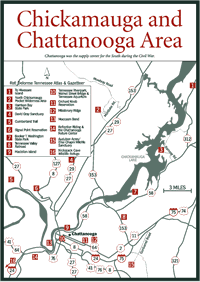
[Fig. 21(3)] With 1,200 acres and nearly 40 miles of shoreline along Chickamauga Lake, Harrison Bay is one of the largest and most popular state park camping areas in the state. It is named for a large bay off the lake's main channel. The park was one of the demonstration areas Tennessee Valley Authority developed during the 1930s.
[Fig. 21(7)] This park, also on the shores of Chickamauga Lake, is named for Booker Taliaferro Washington, a former slave who secured an education and went on to become the president of the Tuskegee Institute, a black organization for higher education. The park is mainly for day use, although there is a youth group camp and a group lodge for longer stays.
[Fig. 21(1)] Hiwassee Island on Chickamauga Lake, one of the waterfowl refuges managed by the Tennessee Wildlife Resources Agency (TWRA), is the largest migrational stop for sandhill cranes (Grus canadensis) in eastern North America. A small number of the big wading birds have traditionally rested and refueled at this location while on their way between the northern U.S. and Florida. However, instead of the fewer than a dozen birds that showed up less than 10 years ago, the population is now estimated to be between 3,000 and 4,000. Also, instead of continuing on their journey, many of the cranes now remain for the entire winter, eating the corn provided by the TWRA. The Hiwassee Refuge is normally closed to visitors, but each February the Chattanooga Chapter of the Tennessee Ornithological Society and the TWRA conduct a sandhill crane viewing weekend for bird watchers.